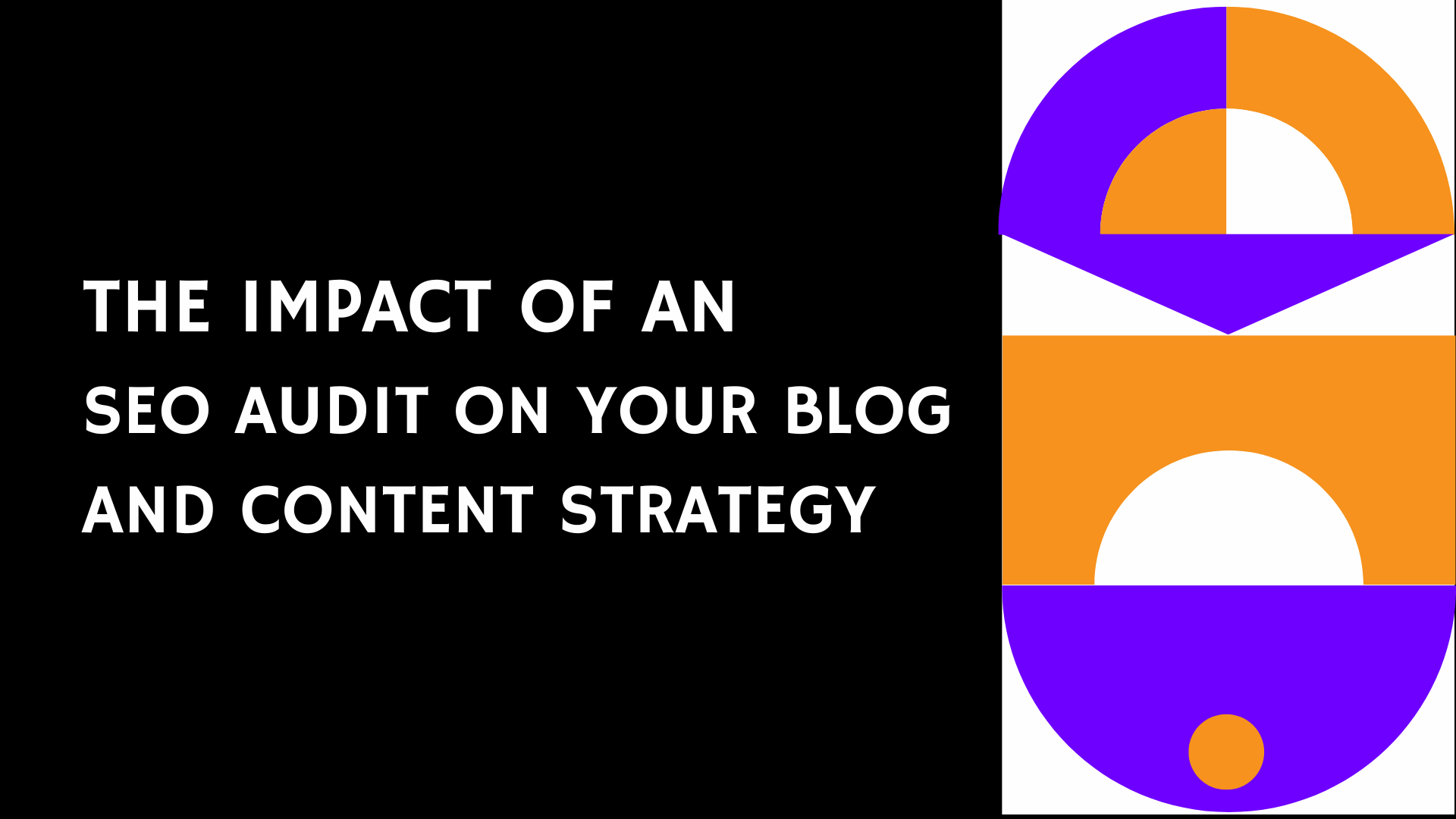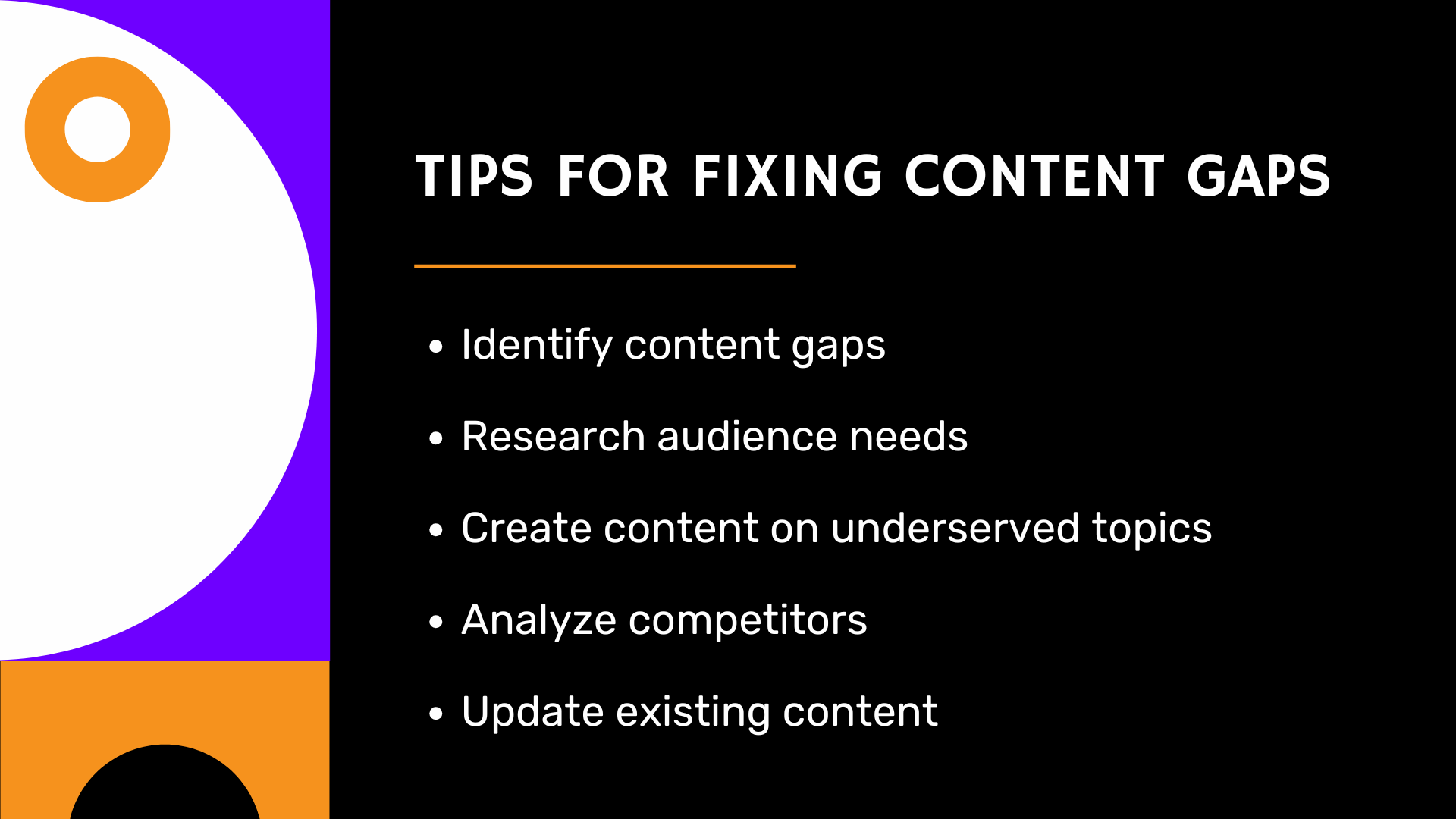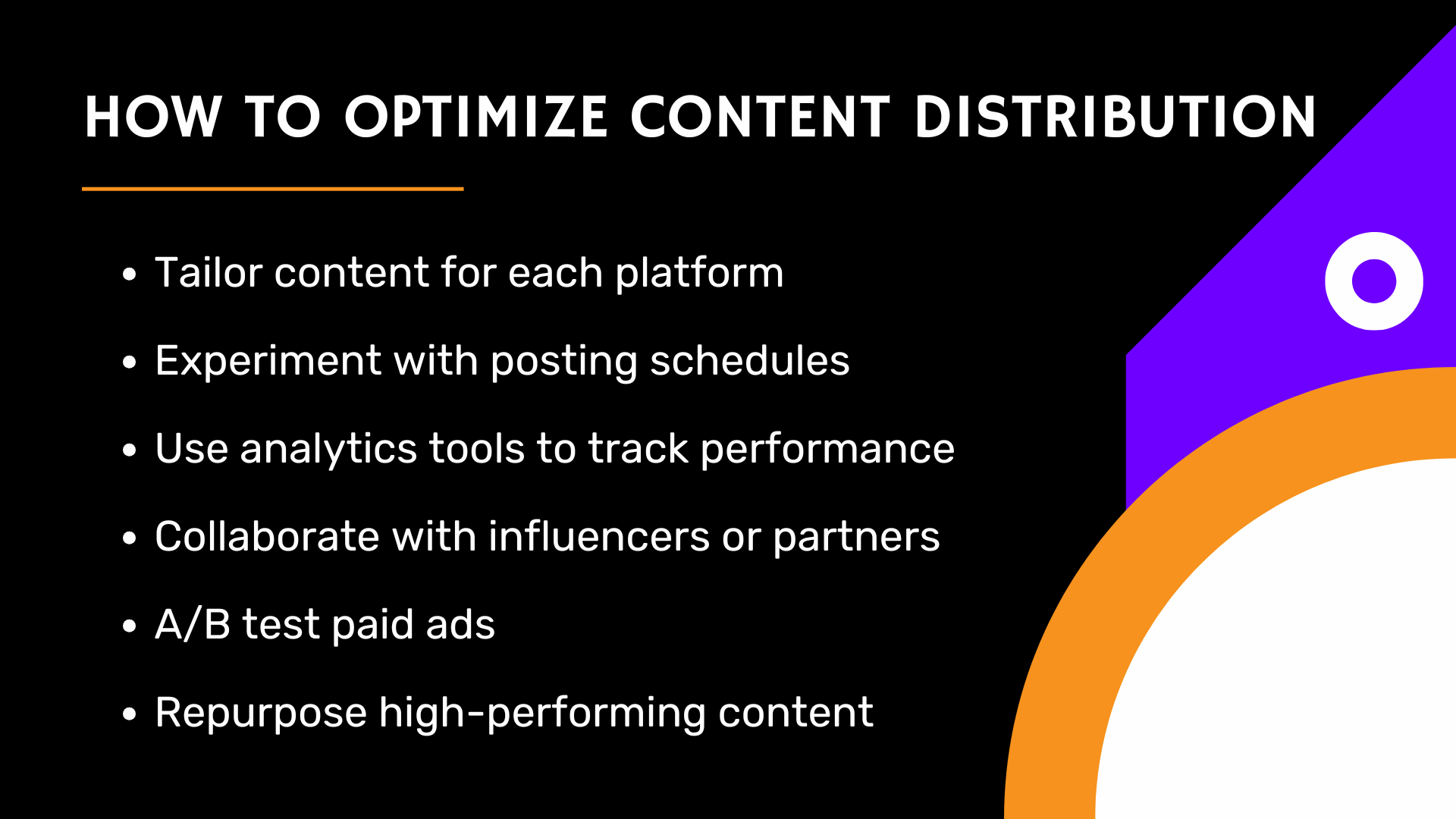How an SEO Audit Assists and Guides Your Blog and Content Marketing Strategy
If you are devoting time and effort to your content marketing strategy but not seeing significant results, you may overlook a crucial step: a comprehensive SEO audit blog. Consider your blog a car, and an SEO audit a comprehensive diagnostic. Without it, you likely have the parking brake on when driving.
Success in content marketing needs SEO. It helps your audience find, engage, and trust your brand. An SEO audit examines your website and content’s performance, revealing ways to boost visibility and correct issues. After deeply analyzing your website and content’s performance, an SEO audit finds areas of weakness that need to be corrected and offers chances to improve visibility. Today we’ll explain how an SEO audit can boost your blog and content marketing strategy and help you develop consistently.
What Exactly is an SEO Audit?
So, how does an SEO audit assist and guide your blog and content marketing strategy?
An SEO audit is an essential step that offers a whole assessment of the present performance of your blog and its alignment with search engine algorithms. An SEO audit reveals important elements including keyword optimization, backlink quality, and technical concerns like page speed and crawl mistakes. This diagnostic method guarantees your material fits the demands of your target market and helps find parts for growth. The audit uncovers strategy gaps, helping you streamline your content calendar and prioritize high-value topics. An SEO audit is ultimately like a road map, leading your efforts to produce more visible, interesting, and powerful content driving traffic, increasing authority, and accomplishing long-term marketing goals.
What Tools Do I Need to Perform an SEO Audit of the Blog?
Effective blog SEO audit requires the correct tools to analyze your website’s performance. Here are some basic instruments to consider:
- Google Analytics: Analytics on website traffic, user activity, and key search results metrics help discover development opportunities.
- Google Search Console: Tracks keyword performance, notes indexing problems, and provides suggestions to maximize search exposure.
- SEO Audit Tools (e.g., Screaming Frog, Ahrefs, or SEMrush): These tools examine technical SEO, backlinks, site structure, and keywords.
- Page Speed Insights: Google’s instrument for evaluating website loading speed and providing propositions for changes aiming at a better user experience.
- Mobile-Friendly Test: This free SEO audit tool ensures that your blog is completely mobile device compatible, which is important for organic search performance.
- Content Optimization Platforms (e.g., Clearscope or Surfer SEO): Improves content quality and relevancy using keywords.
These audit tools let you audit SEO blog’s health, fix issues, and improve search engine performance.Core Components of an SEO Audit
An SEO audit consists of three main components: technical, off-page, and on-page optimization. Each of these helps your content rank well on search engine results pages and ensures a great user experience.
 On-Page SEO: Enhancing Content for Visibility
On-Page SEO: Enhancing Content for Visibility
Content visibility depends on on-page SEO. It entails maximizing important pages of your website to improve core web vitals and get more relevant visitors.
- Why It’s Crucial: Keyword optimization, high-quality content, and well-structured meta tags help search engines comprehend your material and place it for relevant queries.
- How an Audit Helps: An SEO blog audit points up flaws including under-optimized headers, missing keyword opportunities, inadequate meta descriptions, and weak internal linking structures. Fixing these guarantees every piece of content fulfills its purpose and potential.
Technical SEO: Ensuring a Smooth User Experience
Technical SEO manages user experience problems as well as components impacting the crawling and indexing of your site.
- Key Factors: Speed, mobile-friendliness, security, and a well-structured sitemap affect rankings and user engagement. Google rewards easy-to-use websites.
-
How an Audit Helps: Critical technical flaws including slow loading speeds, broken links, and indexing problems are found by an audit. Addressing these can boost search traffic, lower bounce rates, and increase ranks.
Off-Page SEO: Strengthening Authority and Reach
Off-page SEO is the activity outside of your website that affects search results including social media use, brand authority building, and backlink acquisition.
- Why It’s Key: High-quality backlinks give your content legitimacy and authority. Crawlers see from a varied backlink profile that others trust your expertise.
-
How an Audit Helps: Your backlink profile may identify gaps or low-quality links that are hurting your rankings.
SEO Audit Checklist
An SEO audit increases website visibility and ensures search engine best practices. The steps to a complete audit are below:
- Analyze Website Performance: Examine your website’s technical health. Check for slow loading, fix broken links, and improve mobile-friendliness.
- Evaluate On-Site SEO: Examine your on-page items for on-page SEO issues. Pay attention to title tags, meta descriptions, header tags, and keywords.
- SEO Audit Blog and Content Quality: Check if your content is entertaining, informative, and audience-focused. Remove irrelevant or thin content and fill gaps with fresh information.
- Examine Site Structure & Navigation: Users and search engines need a sensible site structure. Have a well-organized menu and links that attract search engine bots to explore and crawl your website.
- Analyze Backlinks: SEO relies on backlinks. Acquire high-quality, reputable links and remove spammy ones.
- Check Technical SEO: Inspect page indexing report. Check that search engines can crawl and index your site without duplicate material.
- Review Analytics and Performance Data: Find optimization trends and areas to improve performance.
- Create an Action Plan: Prioritize actions based on your results. Target fast wins that increase performance while considering long-term optimizations.
This SEO audit process helps you uncover site performance issues and improve results.
Identifying and Fixing Content Gaps
 Content fatigue — that is, when articles become obsolete, underperform, or fail to satisfy user needs — can strike even the finest blogs.
Content fatigue — that is, when articles become obsolete, underperform, or fail to satisfy user needs — can strike even the finest blogs.
Blog SEO audit determines which articles aren’t popular or has declined in rankings. Usually, these gaps result from missing internal linkages, irrelevant material, or obsolete keywords.
Strategies to Refresh and Optimize:
- Revise statistics and examples.
- Divide thick content into pieces to improve readability.
- Improve internal linking to direct readers to similar content.
- Find fresh terms to expand your audience.
Update and optimize outdated articles to extend their lives and increase the site’s performance.
Aligning Content Strategy with Search Intent
Search intent — what people want to find — drives SEO and content visibility. It indicates a user’s intent, whether they want information, a product, or a website. Despite optimization, misalignment between your content and the user’s intent might drive even well-written, excellent content to the bottom of search results. Improving rankings and user expectations requires understanding and addressing search intent.
Delivering on Intent
When your SEO audit blog shows content that doesn’t match user intent, rework or add to suit their needs. For example, informational searches should yield detailed guides, tutorials, and how-to articles that answer users’ questions. Transactional intent includes content like product comparisons, customer feedback, and convincing CTAs that encourage users to buy or sign up. Aligning content with user purpose boosts engagement, trust, and search results.
 Enhancing Content Distribution and Performance Tracking
Enhancing Content Distribution and Performance Tracking
Great content must reach the proper audience and engage. Even excellent content might fail without distribution and tracking.
Optimizing Distribution
A blog SEO audit should evaluate how your content performs on social media, email, and search engines. Explore each platform to discover what material your audience likes. Analyze whether you’re using all available channels to promote your content.
Tracking Progress
To achieve your goals, incorporate performance analytics into your content strategy. Use Google Analytics, SEMrush, and search engine platforms to track engagement, click-through, and conversion rates. These insights will let you know what’s working, what’s not, and what needs adjusting. To ensure long-term success, consistently review and refine your strategy.
Use SEO Insights to Create a Winning Content Plan
An SEO audit is about finding chances to improve the performance and reach of your blog so it may fully realize itself, not only about addressing problems. An audit improves your blog’s approach by assessing technical concerns like site speed and mobile-friendliness and optimizing on-page features like meta tags and keyword utilization. It also guarantees that your content more closely fits search intent, therefore facilitating the search for exactly what your audience is looking for.
An SEO audit blog gives a path for a sustainable and effective content marketing strategy beyond technical improvements. It enables you to see gaps in the website’s content, find what most connects with your audience, and keep one step ahead in a constantly shifting digital landscape.
Still, feeling overwhelmed? Maybe exactly what you need is a first-hand demonstration. Contact Webugol’s experts or sign up for our free audit services to improve your content strategy today.


